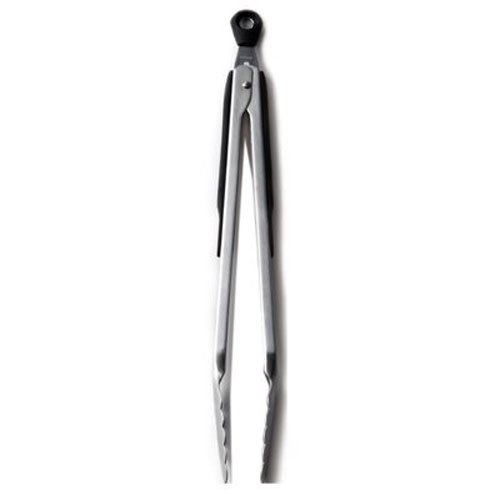Balsamic Pork Tenderloin: Sous Vide
I want two things for everyone as you read this recipe.
1. Don’t be afraid to try the sous vide cooking method.
There's nothing to be afraid of.
2. Don’t think you can't make this recipe if you don’t own a sous vide.
Lets talk sous vide. Sous vide is a form of cooking that yields consistent results every single time. When using it to cook meat, you will have a tender final product that is cooked evenly and precisely. If you are someone who struggles to understand if something is done yet, a sous vide is the perfect solution. Does it seem too technical and advanced for you? Don’t be afraid. Anthony, my husband, has said it perfectly. It’s the best way to cook something where there is a 0% chance of messing it up. My parents have had the same experience. Overcooked, dry chicken is no longer part of their life. Steaks done to a perfect medium-rare…got it! My brother in-law said he loves it when I make filets with my water bath thing. Everyone that’s been brave and tried this method swears by it and says it has changed the way they cook. Sous vide cooking has improved their confidence and this is especially great when working with expensive cuts of meats and while entertaining.
Take a look at each step
Pork tenderloin is a great protein for either a quick casual meal or a nice dinner party. The tenderloin is the most tender cut. The name says it all. It’s also usually a great price for a nice piece of meat.
Balsamic Pork Tenderloin
2 whole pork tenderloins, trimmed
3 Tablespoons olive oil
2 Tablespoons balsamic vinegar
1 Tablespoon Worcestershire
2 teaspoons Dijon mustard
2 cloves garlic, cut in half
2 teaspoons coarse kosher salt
½ teaspoon black pepper
6-10 fresh basil leaves
Set sous vide water temperature to 143 degrees Fahrenheit.
In a small bowl, whisk together olive oil, balsamic vinegar, Worcestershire, Dijon, salt and pepper and evenly divide between two freezer bags that are gallon size each. Add one pork tenderloin to each bag along with the garlic and basil.
Once the water has preheated, gently submerge each bag leaving the top unzipped. The water displacement method will remove all of the air from the bag. Using strong clips, secure each bag to the side of the cooking vessel.
Allow the pork to cook for 1 hour 15 min or up to 3 hours in the sous vide.
When the pork is done, removed it from the bags and pat dry. The pork needs to be seared. This can be done on the grill or in a skillet. You do not want to overcook the pork, so once a crust develops on all sides it is ready to slice.
Transfer the pork to a cutting board and slice into ¼ inch or ½ inch slices. It does not need to rest when cooking sous vide. Arrange the sliced pork on a platter, sprinkle with Maldon sea salt flakes and garish with some fresh leaves of basil.
Don’t own a sous vide? No problem!
Use the same ingredients listed above to marinate the pork for at least 4 hours in the refrigerator or 30 minutes at room temperature.
Remove the pork from the marinade and discard the marinade. The pork can be grilled or seared on the stove. If using a skillet, add about 2 tablespoons of vegetable oil to the preheated skillet. Sear or grill the pork on all sides, rotating about every 3-5 minutes until a crust forms. This will take about 20-25 minutes. Check the internal temperature of the pork using a digital instant read thermometer. It should read at least 145 degrees Fahrenheit.
Allow the pork to rest, covered with foil for 5 minutes before slicing.






















